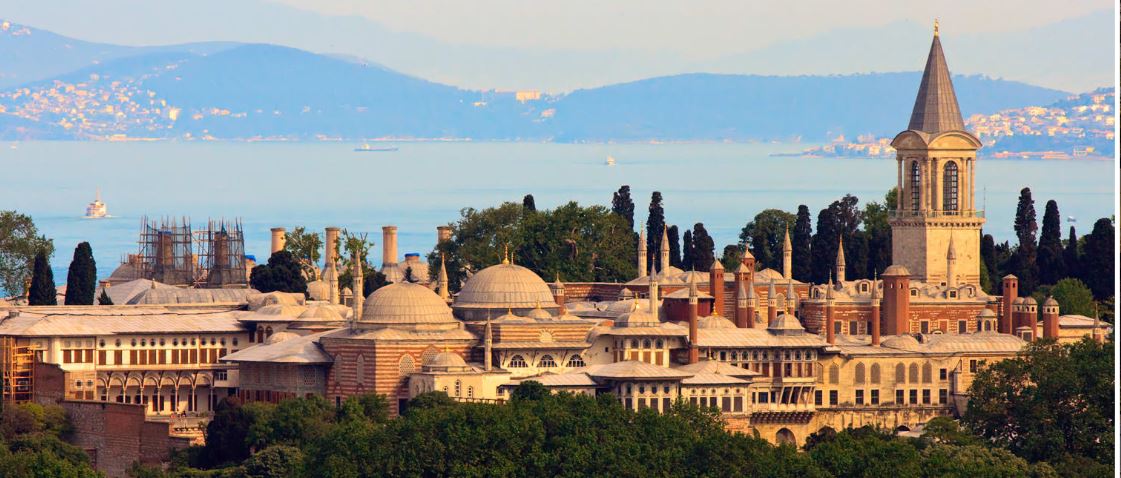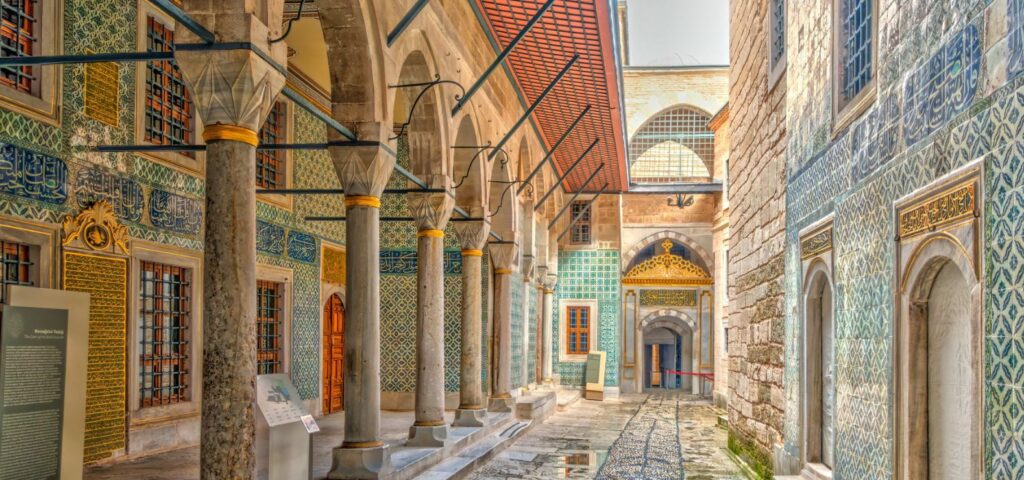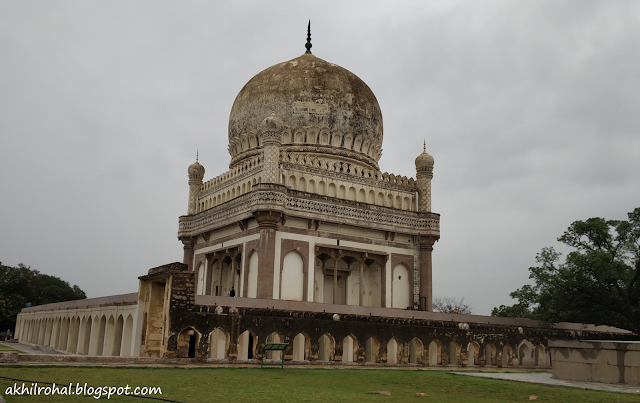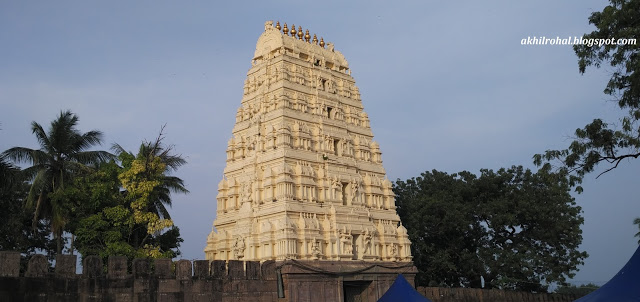
Topkapi Palace Istanbul – Discover the Wonders of Turkey’s Most Famous Palace
The Topkapi Palace Istanbul is a magnificent structure that reflects the opulence and grandeur of the Ottoman Empire. Once the residence of the Ottoman sultans for over four centuries, the palace has now been converted into a museum that draws millions of visitors every year. In this blog post, we will take you on a journey through the Topkapi Palace, delving into its fascinating history, cultural significance, and stunning architecture. Our guide will help you make the most of your visit, uncovering the hidden gems and must-see attractions of this iconic landmark.
The Architecture of Topkapi Palace
The Topkapi Palace is a masterpiece of Ottoman architecture, reflecting the grandeur and elegance of the era. The palace is a sprawling complex that covers an area of approximately 70 hectares, comprising courtyards, gardens, pavilions, and buildings. It is situated on a hill overlooking the Bosphorus Strait, providing stunning views of the surrounding landscape.
The palace is divided into several sections, each with its own unique architectural style and purpose. The first courtyard, known as the Imperial Gate, is a grand entrance that leads to the Second Court, where the palace’s main buildings are located. The Second Court is where the sultan’s private quarters were situated, along with the Divan, the council chamber where the sultan met with his advisors.

The Third Court is the most magnificent part of the palace, featuring the Harem, a collection of rooms and apartments that served as the residence of the sultan’s family and concubines. The Harem is a maze of corridors, chambers, and courtyards, adorned with intricate decorations and furnishings that reflect the opulence and luxury of the Ottoman Empire.
The History of Topkapi Palace
The Topkapi Palace was built by Sultan Mehmed II in the 15th century, shortly after the Ottoman conquest of Constantinople. It served as the residence of the Ottoman sultans for over four centuries, until the capital was moved to the Dolmabahce Palace in the 19th century. During its long history, the palace witnessed many important events, including the coronations of the sultans, the meetings of the Imperial Council, and the intrigues of the harem.
The palace also served as a center of art, culture, and education, attracting scholars, artists, and poets from all over the empire. It was home to many famous collections of art, books, and artifacts, including the famous Topkapi Manuscripts, which are now housed in the Istanbul Archaeology Museum.
In 1924, the Topkapi Palace was converted into a museum by the Turkish government, and since then, it has been open to the public. Today, it is one of the most popular tourist attractions in Istanbul, drawing millions of visitors every year.
The Cultural Significance of Topkapi Palace
The Topkapi Palace is not just a historical monument or a tourist attraction, but also a symbol of the cultural heritage of Turkey. It represents the achievements and aspirations of the Ottoman Empire, which once ruled over a vast territory spanning three continents. It also reflects the fusion of various cultures and traditions that shaped the empire, including Turkish, Arab, Persian, and European influences.
The palace is a living testament to the artistic and architectural achievements of the Ottoman era, showcasing a rich variety of styles, from the intricate tilework of the Imperial Gate to the delicate carvings of the Harem. It also provides insights into the social and cultural life of the Ottoman court, revealing the apartments and living quarters of the sultan’s family and concubines, the meeting rooms of the Imperial Council, and the kitchens and storage rooms that supplied the palace.
Visitors can also explore the museum’s extensive collection of art, including Islamic calligraphy, ceramics, and textiles. The museum’s most famous exhibits include the Spoonmaker’s Diamond, one of the largest diamonds in the world, and the Topkapi Dagger, a masterpiece of Ottoman artistry.
How to Make the Most of Your Visit to Topkapi Palace
To fully appreciate the beauty and history of the Topkapi Palace, it is recommended to plan your visit carefully and allow several hours to explore the museum’s many sections and exhibits. Here are some tips to help you make the most of your visit:
Start early
The Topkapi Palace is a popular attraction and can get crowded, especially during peak tourist season. To avoid the crowds, it is recommended to arrive early in the morning when the museum opens.
Get a guide
To fully understand the history and significance of the palace, it is recommended to hire a guide who can provide you with a detailed tour and insights into the palace’s architecture, art, and culture.
Visit the Harem
The Harem is the most fascinating and mysterious part of the palace, and it is not included in the general admission ticket. To visit the Harem, you need to purchase a separate ticket, but it is well worth the extra cost.
Explore the gardens
The Topkapi Palace gardens are a serene and beautiful oasis in the heart of Istanbul, offering stunning views of the city and the sea. Take a stroll through the gardens and enjoy the peaceful atmosphere.
Don’t miss the exhibits
The Topkapi Palace Museum is home to an impressive collection of art and artifacts, ranging from Islamic calligraphy to Ottoman armor. Take your time to explore the exhibits and appreciate the beauty and craftsmanship of these masterpieces.
Conclusion
The Topkapi Palace is a must-visit destination for anyone interested in history, culture, and architecture. This iconic palace has witnessed centuries of Ottoman rule and has played a significant role in the development of Turkish culture and identity. Its grandeur, beauty, and cultural significance make it one of the most popular tourist attractions in Istanbul, and a symbol of Turkey’s rich heritage.
Also Read – Hagia Sophia Church – A Glorious Icon of Byzantine Architecture





